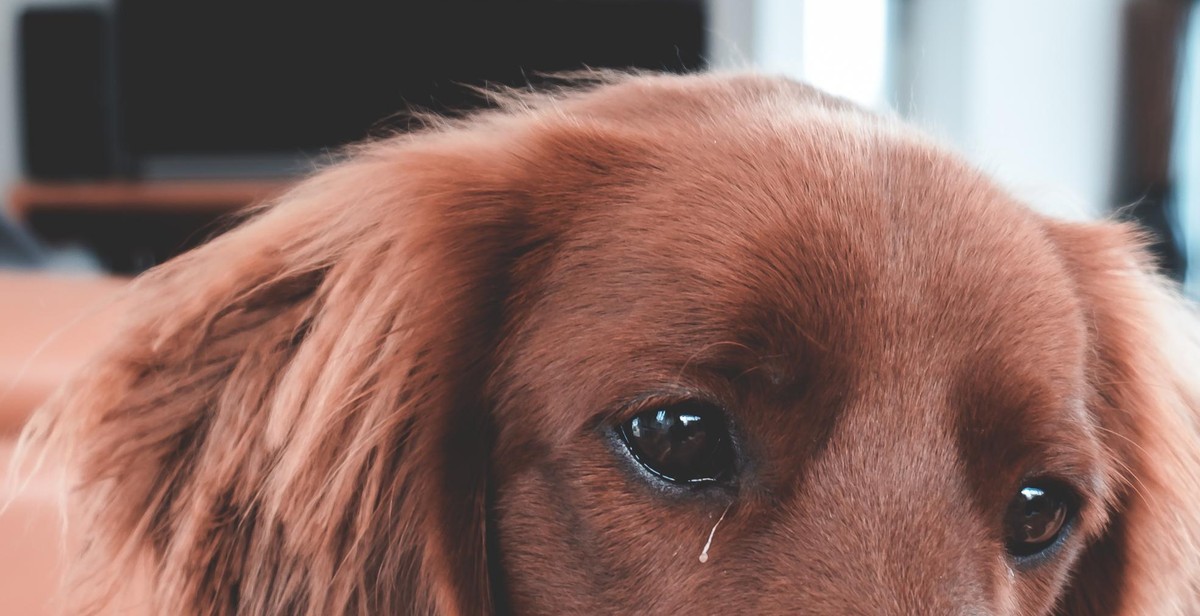How to Care for a Pet Frog: Basic Guidelines for Feeding, Housing, and Maintaining a Healthy Frog
Have you ever considered getting a pet frog? These fascinating creatures are becoming increasingly popular as pets due to their unique characteristics and low maintenance requirements. However, owning a frog comes with its own set of responsibilities. Proper care is essential for the health and well-being of your pet frog.
Why Care for a Pet Frog?
As with any pet, caring for a frog requires commitment and dedication. However, the rewards can be significant. Frogs are fascinating creatures with their unique behaviors, and their presence can bring a sense of calm and relaxation to any space. Additionally, taking care of a frog can be a great learning experience for children, teaching them about responsibility and the importance of caring for living creatures.
But caring for a pet frog goes beyond just having a new companion. It is also crucial to ensure that your frog is healthy and happy. Proper care can help prevent illnesses and ensure that your frog lives a long and fulfilling life. In this article, we will provide you with basic guidelines for feeding, housing, and maintaining a healthy frog.

Feeding Your Pet Frog
One of the most important aspects of caring for a pet frog is ensuring that they are fed properly. A well-fed frog is a healthy frog, and a healthy frog is a happy frog. So, how often should you feed your pet frog?
Frequency of Feeding
The frequency of feeding your pet frog depends on their age and size. Younger and smaller frogs require more frequent feedings than adult and larger frogs. In general, it is recommended to feed your pet frog once a day or every other day.
It is important to note that some species of frogs, such as tree frogs, may require more frequent feedings due to their high metabolism. Always research the specific dietary needs of your pet frog’s species to ensure they are receiving the appropriate amount of food.
Types of Food
When it comes to feeding your pet frog, it is important to offer a varied and balanced diet. In the wild, frogs consume a variety of insects, small animals, and even plants. In captivity, it is recommended to offer a combination of live and frozen/thawed prey.
Common live prey options for pet frogs include crickets, mealworms, waxworms, and roaches. Frozen/thawed prey options include bloodworms, brine shrimp, and daphnia. It is important to never offer your pet frog wild-caught insects, as they may contain harmful pesticides or parasites.
Feeding Techniques
Feeding your pet frog can be done in a variety of ways. Some owners prefer to hand-feed their frogs, while others prefer to use feeding tongs or place the prey directly in the enclosure. It is important to monitor your pet frog during feeding to ensure they are consuming their food properly and not choking.
It is also important to remove any uneaten prey from the enclosure after feeding to prevent it from rotting and causing health issues for your pet frog.
Conclusion
Feeding your pet frog may seem daunting at first, but with proper research and attention to detail, it can become a routine and enjoyable part of caring for your pet. Remember to offer a varied and balanced diet, monitor your pet during feeding, and always remove any uneaten prey from the enclosure.

Housing Your Pet Frog
When it comes to housing your pet frog, it is important to maintain the right temperature and humidity levels. This will ensure that your frog stays healthy and happy.
Choosing the Right Tank
The first step in housing your pet frog is choosing the right tank. The size of the tank will depend on the size of your frog. A good rule of thumb is to provide at least 10 gallons of space for every inch of your frog’s length.
You should also choose a tank that has a secure lid to prevent your frog from escaping. Frogs are excellent climbers, so make sure the lid is tight-fitting and secure.
Maintaining the Temperature
Frogs are cold-blooded, which means they rely on their environment to regulate their body temperature. It is important to provide a temperature gradient in your frog’s tank, with a warm side and a cool side.
The ideal temperature for most pet frogs is between 75-85 degrees Fahrenheit during the day and around 65-75 degrees Fahrenheit at night. You can use a heat lamp or under-tank heating pad to maintain the temperature in the tank.
Maintaining the Humidity
Frogs also require a humid environment to stay healthy. The humidity level in the tank should be around 50-70%. You can maintain the humidity by misting the tank with water several times a day or by using a humidifier.
You can also add a substrate such as coconut fiber or sphagnum moss to the tank to help maintain the humidity level.
Cleaning the Tank
It is important to keep your frog’s tank clean to prevent the buildup of harmful bacteria. You should clean the tank at least once a week, removing any uneaten food or waste and replacing the substrate.
You should also disinfect the tank and any decorations with a reptile-safe disinfectant to prevent the spread of disease.
Conclusion
By following these guidelines for housing your pet frog, you can ensure that your frog stays healthy and happy. Remember to maintain the right temperature and humidity levels, choose the right size tank, and keep the tank clean and disinfected.

Maintaining the Health of Your Pet Frog
As a pet owner, it is important to keep a close eye on the health of your pet frog. Here are some signs of illness to watch out for:
Changes in Behavior
If your frog is usually active but suddenly becomes lethargic, it could be a sign of illness. On the other hand, if your frog is usually shy but suddenly becomes aggressive, it could also be a sign of a health problem.
Changes in Appetite
A change in your frog’s eating habits could be an indication of illness. If your frog suddenly stops eating or eats significantly less than usual, it could be a sign of a health problem.
Skin Problems
Your frog’s skin is a good indicator of its overall health. If you notice any discoloration, bumps, or lesions on your frog’s skin, it could be a sign of a health problem.
Breathing Issues
If your frog is having trouble breathing, it could be a sign of a respiratory infection or other health problem. Watch for any signs of labored breathing or wheezing.
Abnormalities in Waste
Your frog’s waste can also provide valuable information about its health. If you notice any abnormalities in the color, consistency, or frequency of your frog’s waste, it could be a sign of a health problem.
Regular Check-Ups
It is important to take your pet frog for regular check-ups with a veterinarian who specializes in exotic animals. They can help you identify and treat any health problems before they become more serious.
Proper Care and Environment
Finally, one of the best ways to maintain the health of your pet frog is to provide it with proper care and environment. This includes providing a clean and spacious enclosure, a balanced diet, and the right temperature and humidity levels.
| Signs of Illness | Possible Health Problems |
|---|---|
| Lethargy | Infection, Parasites, Poor Nutrition |
| Loss of Appetite | Digestive Issues, Infection |
| Skin Abnormalities | Fungal Infection, Bacterial Infection |
| Breathing Issues | Respiratory Infection |
| Abnormalities in Waste | Digestive Issues, Infection |
Conclusion
Caring for a pet frog can be a rewarding and fulfilling experience. However, it is important to remember that these animals require specific care and attention in order to thrive. By following the basic guidelines for feeding, housing, and maintaining a healthy frog outlined in this article, you can ensure that your pet frog is happy and healthy.
Key Takeaways
- Feed your frog a varied diet of live insects and other appropriate foods
- Provide your frog with a suitable habitat that mimics their natural environment
- Maintain proper temperature, humidity, and lighting levels in your frog’s habitat
- Regularly clean and maintain your frog’s habitat to prevent the growth of harmful bacteria
- Handle your frog with care and avoid overhandling to reduce stress
Final Thoughts
Remember, owning a pet frog is a responsibility that requires commitment and dedication. By taking the time to learn about your frog’s specific needs and providing them with proper care, you can enjoy a rewarding and long-lasting relationship with your amphibious companion.
| Author: | John Smith |
| Published: | June 1, 2021 |
| Modified: | June 15, 2021 |
